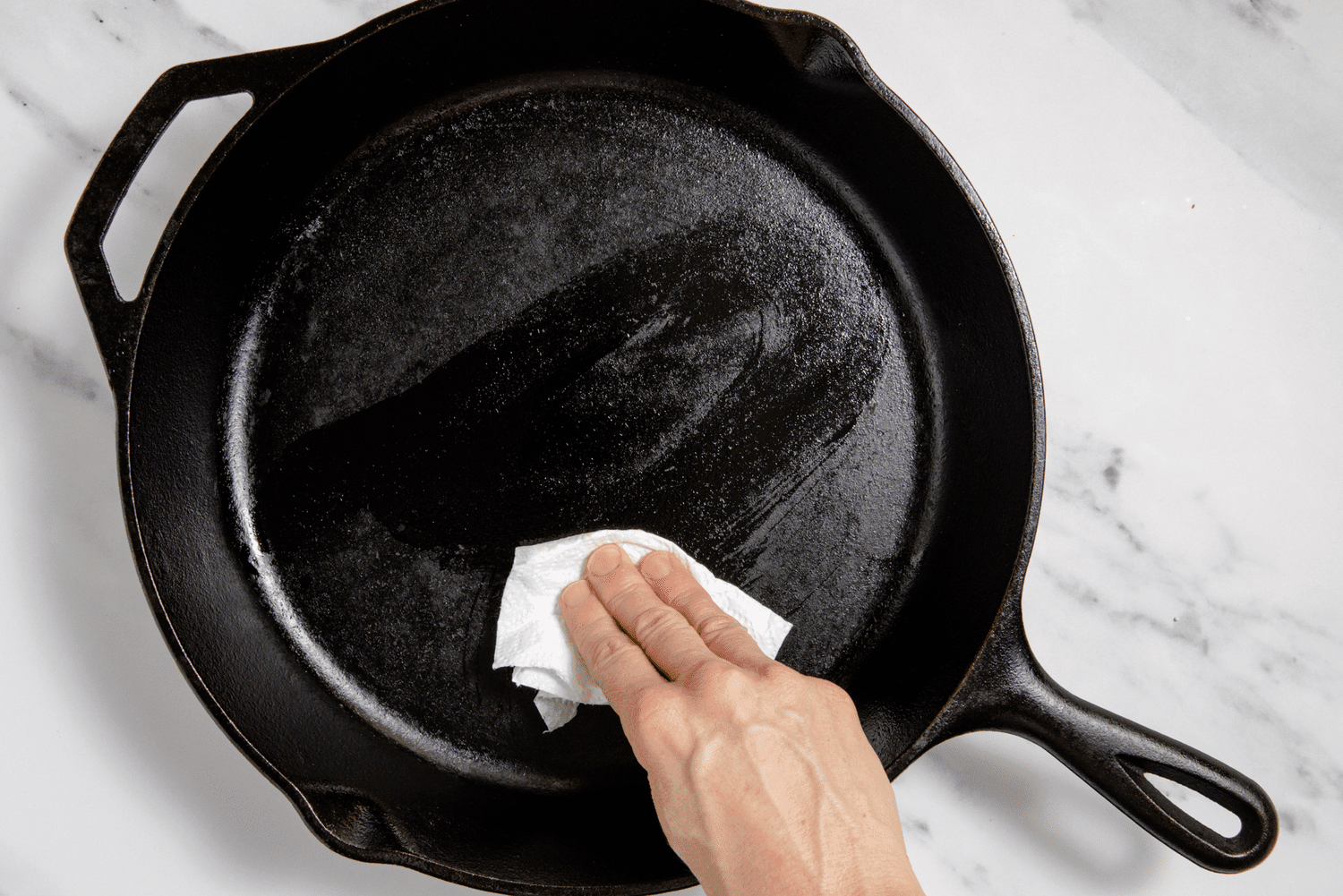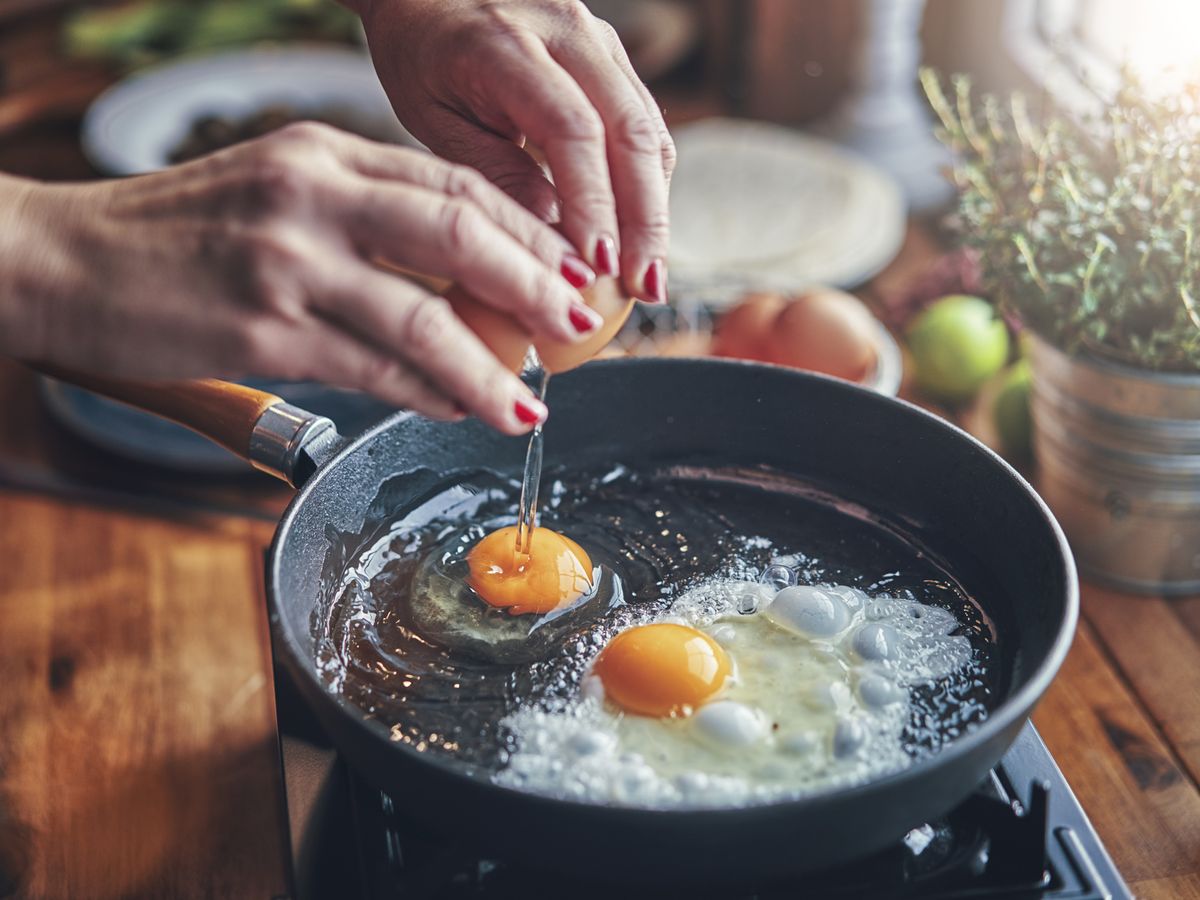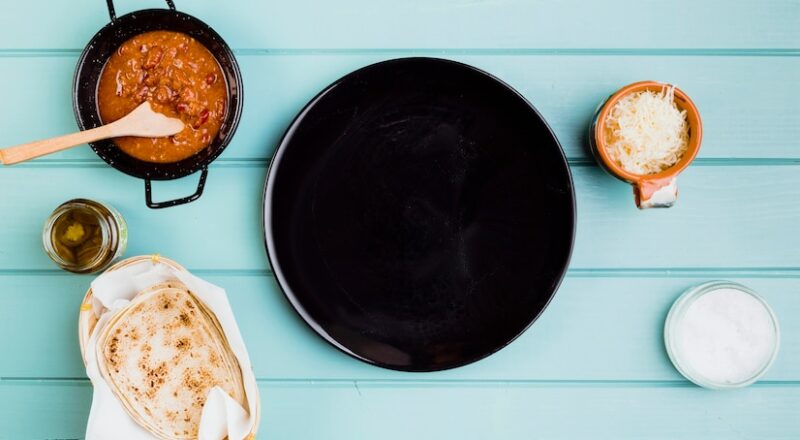Cooking fish can be a delightful experience, especially when you get that perfect crispy skin and tender flesh. However, one big challenge for many home cooks is learning how to cook fish in a cast iron skillet without sticking. Worry not, because this article is here to provide you with approved methods to make your fish cooking experience enjoyable and stick-free.

Why Use a Cast Iron Skillet?
Using a cast iron skillet for cooking fish can yield tremendous results due to its unparalleled heat retention and distribution. This technology allows the skillet to maintain a consistent temperature, ensuring even cooking. Plus, cast iron skillets are durable and, when properly maintained, can last for generations.
Preparation: Choosing the Right Fish
Choosing the right type of fish is the first step towards preventing sticking. Delicate fish like tilapia or cod might pose more of a sticking problem. Opt for sturdier fish like salmon, snapper, or even halibut.
Seasoning the Cast Iron Skillet
Before you start cooking, it’s essential to season your cast iron skillet properly. Seasoning creates a natural, non-stick layer on the skillet’s surface. Ensure your skillet is well-seasoned by rubbing it with a thin layer of oil and baking it in the oven at 350F for an hour.
Prepping the Fish
- Pat dry the fish fillets with a paper towel to remove excess moisture.
- Season both sides of the fish with salt and pepper or your preferred seasoning mix.
Removing excess moisture and seasoning the fish helps in achieving that desired crispy texture while also preventing sticking.

Heating the Skillet
Ensuring your cast iron skillet is adequately heated is key to cooking fish without sticking. Place the skillet on the stove and turn the heat to medium-high. Allow it to heat up for at least 5-10 minutes. You know the skillet is ready when you sprinkle a few drops of water, and they sizzle and evaporate quickly.
Adding the Oil
Once the skillet is hot, add a high smoke point oil such as vegetable oil, canola oil, or avocado oil. Swirl it around to coat the entire cooking surface. The oil should shimmer but not smoke.
Cooking the Fish
- Gently place the fish fillet in the skillet, skin-side down if applicable. Avoid overcrowding the skillet, as it can drop the temperature and cause sticking.
- Let the fish cook undisturbed for 3-5 minutes. This allows the skin to get crispy and the fish to cook evenly.
- Use a spatula to gently lift the edge of the fish. If it releases easily, it’s ready to flip. If not, give it another minute.
- Once flipped, cook for an additional 2-4 minutes, depending on the thickness of the fillet.
Patience is key here. Avoid moving the fish too much, as it increases the chances of sticking.

Dealing with Sticking
If despite your best efforts, the fish still sticks to the skillet, don’t panic. Let it cook a bit longer; it often means the fish isn’t ready to release itself yet. You can also gently nudge it with a spatula. For more tips, you can refer to this removing burns guide.

Cleaning and Maintaining Your Cast Iron Skillet
Proper cleaning and maintenance can enhance the performance of your cast iron skillet. After cooking, let the skillet cool slightly and use a spatula or brush to remove any stuck-on bits. Avoid using soap; instead, use hot water and scrub with a brush or sponge. Dry thoroughly and apply a thin layer of oil to maintain the seasoning.
Check out this detailed guide on cleaning cast iron for more tips.
Common Mistakes to Avoid
- Not preheating the skillet properly
- Using cold oil
- Overcrowding the skillet
- Moving the fish too frequently
Advanced Tips for Perfect Fish
For those looking to further perfect their fish cooking skills, consider these advanced tips:
- Use a thermometer to ensure the skillet is at the right temperature.
- Try using clarified butter for a richer flavor and higher smoke point.
- Experiment with different seasonings and marinades.
FAQs
Can I cook other seafood in a cast iron skillet?
Yes, you can cook a variety of seafood like shrimp, scallops, and even clams in a cast iron skillet. The key principles of proper heating and seasoning apply here as well.
What types of oils are best for seasoning a cast iron skillet?
Oils with a high smoke point, like flaxseed oil, canola oil, or vegetable oil, are best for seasoning your cast iron skillet.
How do I maintain the non-stick surface of my cast iron skillet?
Maintaining the non-stick surface requires regular seasoning and proper cleaning methods. For detailed information, you can visit this cast iron maintenance guide.
For more detailed seasoning instructions, visit this external guide on cleaning your Dutch oven.
As an Amazon Associate, I earn from qualifying purchases.

